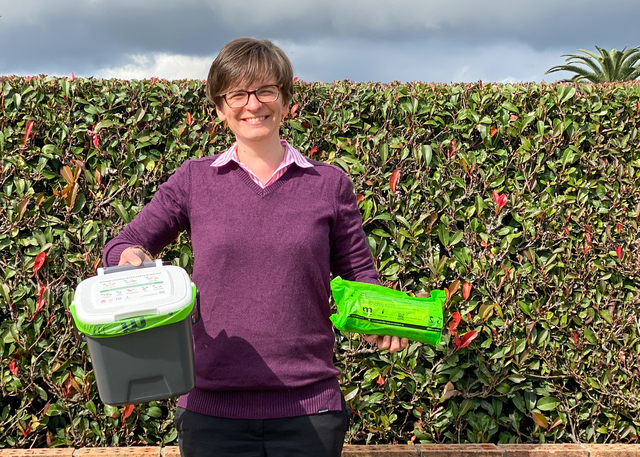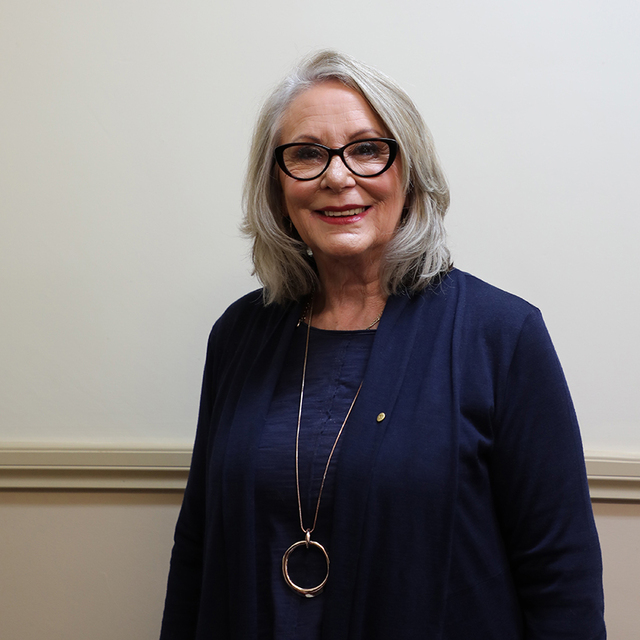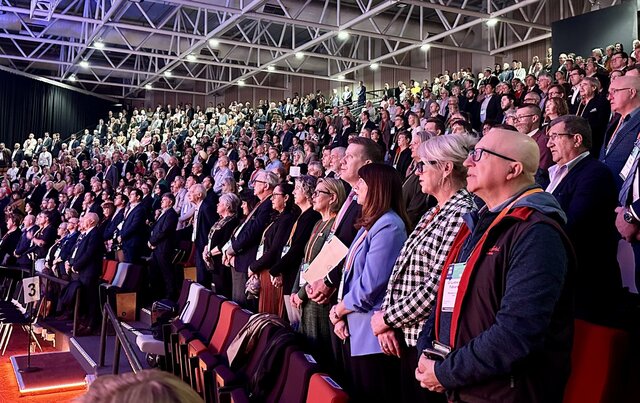Dorset Council in Tasmania has already blazed some trails with its Sustainable Development Strategy and it has taken the concept further with its statement on Ecologically Sustainable Development (ESD). Environmental Health Officer, Peter Hoffner, said the statement involved a comprehensive examination of catchment areas, fencing streams, stormwater pollution, waste water and solid waste management.
Dorset covers 3,196 square kilometres and has a permanent population of 7,390 residents. As part of the works contained in its ESD, Council has erected 253 kilometres of fencing, protected 2,250 hectares of land, established 197 of stream stock watering points, and established 41 hectares of native vegetation with 16,600 plants.
Council hosts the Dorset Waterwatch Coordinator and also provides support services for Landcare, Coastcare and other Natural Resource Management related groups. During the past two years Dorset has initiated key programs to assist and encourage sustainable land management outcomes.
These include:
- initiating a rate rebate system to encourage landholders to manage their properties in a sustainable manner
- developing a comprehensive Geographical Information System (GIS) capacity
- using Deeds of Agreement provisions under the Local Government Act to permanently protect priority habitat and vegetation.
Since 1993, Council and Dorset Waterwatch have been monitoring of Cox’s Creek in Scottsdale. The results showed elevated suspended solids, nutrients and bacteria. Data collected also found the Scottsdale Stormwater system was contributing to the pollution of Cox’s Creek.
Peter Hoffner said with the assistance of River Works Tasmania funding, Dorset Council has installed a pollution control device on the stormwater drain immediately prior to the point of discharge to the environment.
“The device is effectively removing suspended solids and consequently removing other pollutants such as nutrients and bacteria,” he said.
The use of soil bed filters in sewage treatment plants is an innovative use of this technology. These have also been very successful in eliminating odour pollution.
Council has also upgraded sewage treatment at Bridport and incorporated partial effluent reuse at the Bridport Golf Course as part of the strategy. Before this project, effluent quality often failed to meet license requirements and was often discharged directly to coastal waters.
“The upgrade involved constructing an additional lagoon cell of identical size to the existing secondary lagoon and installing an aerobic cell in front of the facultative ponds,” Peter Hoffner said. “The effluent reuse scheme incorporates totally renewable energy type principles.”
For further details contact Peter Hoffner on (03) 6352 6500.







